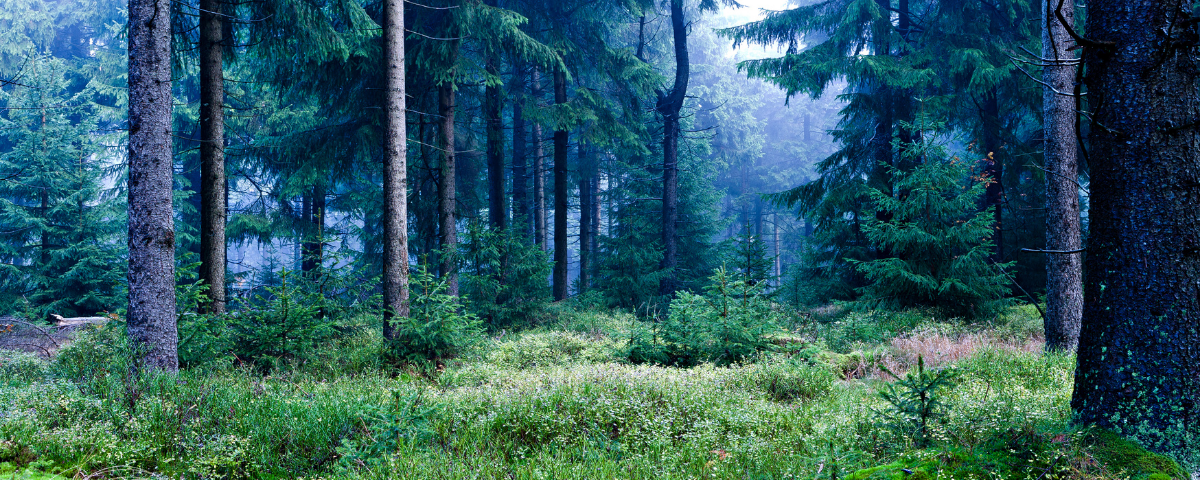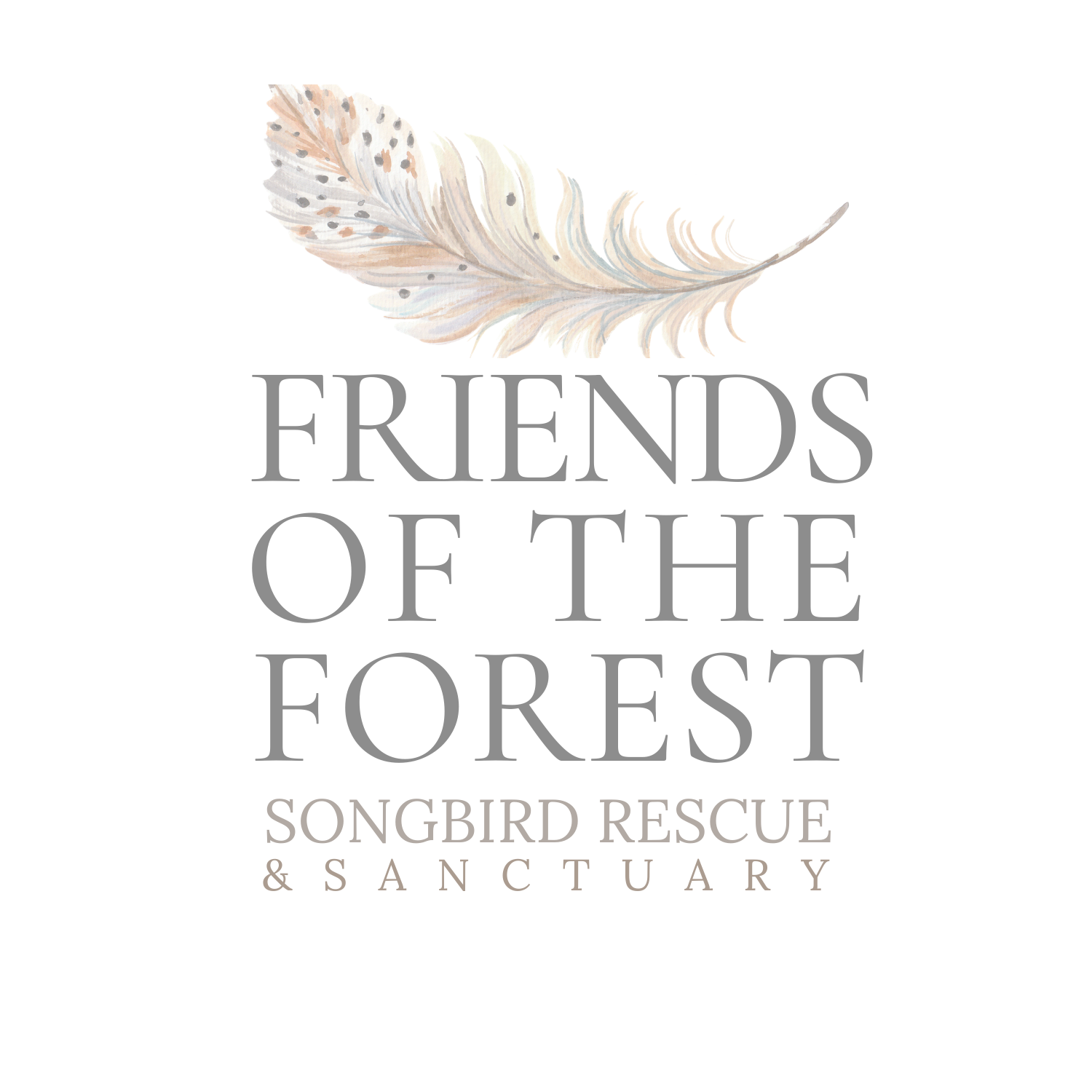
“A walk in nature, walks the soul back home.”
– Mary Davis
The Healing Power of Nature
What if there was more to the natural environment that we are missing? What if there was a way to more deeply appreciate and connect with the more-than-human world, which can result in improved health and a deeper understanding of ourselves and others?
Enter the practice of forest bathing or shinrin-yoku. Forest bathing encourages you to slow down, relax, and reconnect with nature by quieting the mind and awakening the senses.
Certified Kripalu Mindful Outdoor Guide, Kathleen Lowe, will lead you on a slow, relaxing walk, inviting you to recover from the stress of daily life through a series of thoughtful invitations and reflections that help quiet the mind, open the senses, and deepen your relationship with the more-than-human world.
Every forest bathing walk allows each person to connect with nature right where they are and receive the healing benefits of the forest in the best way for them.
Nature Heals
There is something magical about being in nature. It’s not something you can put into words, but rather, something you feel deep within – it touches your spirit.
It is no wonder that for centuries, cultures and enlightened masters have always encouraged this connection with nature.
It was a common practice of spiritual seekers in ancient India to leave the life of town and village and wander in the wilderness and mountains. The Buddha himself joined this tradition at age twenty-nine, giving up his life as a prince in order to seek enlightenment in the forest. The Buddha was born in the forest, enlightened in the forest, taught in the forest, and passed away in the forest.
Native American culture respects nature above all else. Their way of life goes hand in hand with the land and environment. Trees, for example, represent more than just a source of life and healing; their spirit emanates permanence and longevity.
In a world in which we are on 24/7, the negative effects of living hectic lives have taken a toll on our health and happiness. Forest bathing offers a healing way to get back to nature and ourselves.
What is Forest Bathing?
Forest bathing is a wellness practice. It is a mindful and slow walk in nature during which your guide will share mindfulness practices and invitations designed to awaken your senses, tune in to the present moment, and reconnect with nature. In the process, stories surrounding nature - both inner and outer, often arise. It is unlike a usual stroll in the park, a hike, or a nature walk. Science and research studies on forest bathing have quantified health benefits, including improved mental clarity, increased body immune functions, increased production of anti-cancer proteins, lower stress levels, lower blood sugar levels, and lower blood pressure, amongst many other benefits.
The decades-old practice originated in Japan and is known as shinrin-yoku, which literally translates to "taking in the forest" or "bathing in the atmosphere of the forest." The word "bathing" refers to the idea of absorbing the experience using all of the senses rather than anything to do with water.
Forest bathing isn't a hike—it’s surrounding yourself in nature and allowing its sounds and rhythms to wash over you. It is part nature walk, part moving meditation, and part quiet, contemplative experience of immersing oneself in the healing presence of the forest.
The Forest is the Therapist. The Guide Just Opens the Door.
-

CONNECT
Unplugging from the demanding outside world, you will be invited to relax, unwind, and de-stress, through a series of sensory invitations. Join us on an intentional and meditative walk through the Connecticut forests.
-

SHARE
The guided walk will blend time for solitude in nature with conversational sharing. Participants will be invited to share in any way that feels right to them; silence is also a welcome form of sharing. The walk will vary between wandering, sitting, and standing.
-

RESTORE
Each forest bathing walk will culminate in a gentle outdoor tea ceremony with wildcrafted tea gathered from local forest herbs. This practice allows for a smoother transition from forest bathing back into everyday life.
Get Outside.
Go Within.
A mindful connection with the outdoors is crucial for cultivating a balanced, inspired, and fulfilled life. Let yourself be guided for a mindful walk through the forest.
For your body: Release stress, breathe fresh air, and enjoy a sensory forest-based experience.
For your mind: Settle your awareness on nature’s soothing atmosphere.
For your spirit: Venture into the woods to gain inspiration from the living earth.

Evergreens—pine, cedar, spruce, and conifers—are the largest producers of phytoncides, so walking in an evergreen forest seems to have the greatest health benefits.
Why Forest Bathing Is
Good for Your Health
“Nature deficit disorder” is a modern affliction. With more people living in cities, working in office buildings, and becoming addicted to their electronic devices, many of us are indeed experiencing a nature deficit.
In fact, the average American spends 93 percent of the time indoors, and some ten hours a day on social media—more than they spend asleep.
The health secrets of trees lie in two things—the higher concentration of oxygen that exists in a forest, as compared to an urban setting, and the presence of plant chemicals called phytoncides—natural oils that are part of a plant’s defense system against bacteria, insects, and fungi. Exposure to these substances can have measurable health benefits for humans. Physiological stress is reduced and both blood pressure and heart rate are lowered.
Breathing in forest air increases the level of natural killer (NK) cells in our blood. Our body uses these NK cells to combat infections and cancers. One Japanese study showed a rise in the number and activity of these NK cells by people who forest bathe. In addition to affecting immune system function, phytoncides improve sleep, lift mood and attention, and boost creativity.
The positive impact of spending time in nature is proven. It turns out that walking and relaxing in this type of immersive experience amongst the trees offers various health benefits. That’s why forest bathing is also called forest therapy.
The Benefits of Forests
The environmental benefits of forests are numerous. Even urban forests, which include trees planted along city streets and those growing in parks or nature preserves, help reduce air pollution, filter rainwater, and provide shade.
-

Trees add beauty and improve personal health
-

Trees help reduce air pollution by trapping dust and smoke from the air
-

Trees absorb greenhouse gases and breathe out precious oxygen
-

Trees conserve water and reduce soil erosion
-

Trees create wildlife and plant diversity
-

Trees help lower air temperature in the immediate vicinity



